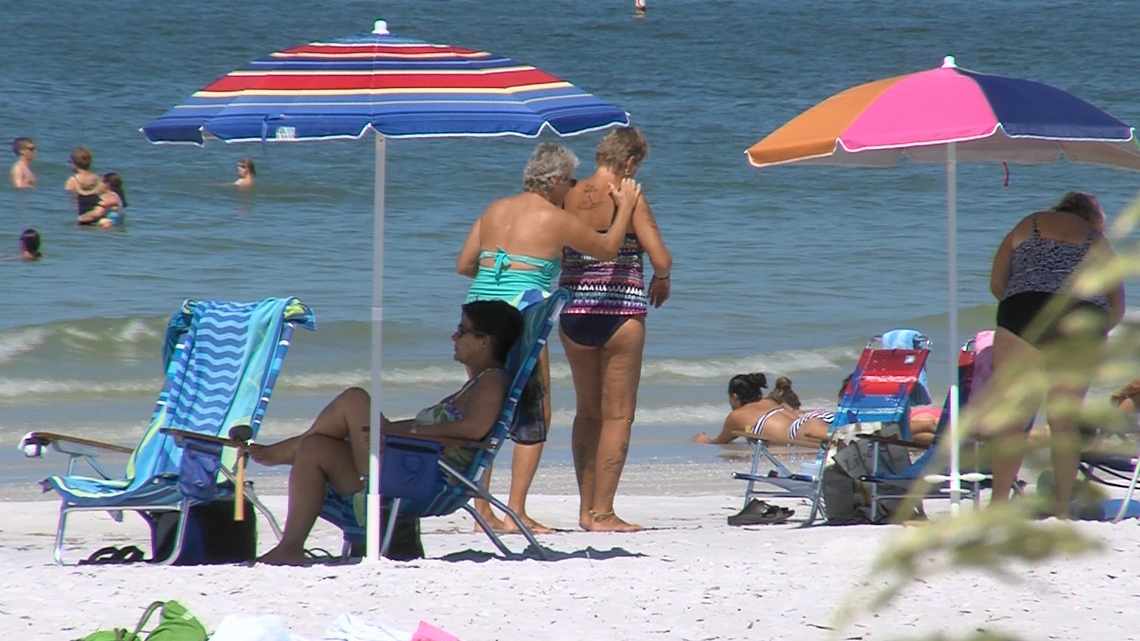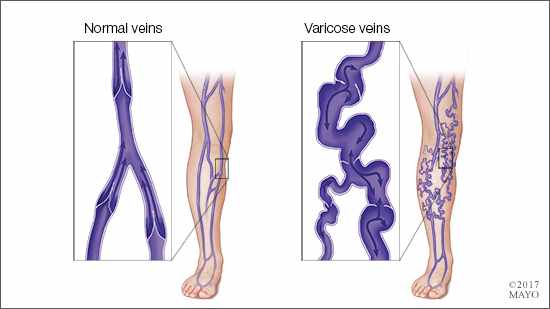-
Women’s Wellness: Very conscious of varicose veins
 With spring break shorts and swimsuit season here, many people are showing off their legs for the first time in months, and for some, that also means deciding what to do about varicose veins.
With spring break shorts and swimsuit season here, many people are showing off their legs for the first time in months, and for some, that also means deciding what to do about varicose veins.
The bulging purple or blue lines may be simply a cosmetic issue, or they could be a sign of a serious medical problem, says Mayo Clinic Emeritus vascular surgeon Dr. Peter Gloviczki, M.D.
“Twenty to 25 percent of Americans have varicose veins and about 6 percent have more advanced venous disease including skin changes or, occasionally, ulcerations,” says Dr. Gloviczki, who helped develop Society for Vascular Surgery and American Venous Forum guidelines for the treatment of varicose veins. “Evaluation of varicose veins with ultrasound is an easy and accurate way to assess the need for treatment. New, minimally invasive therapy is available today that is effective and is performed as outpatient treatment.”
Varicose veins are virtually impossible to prevent, Dr. Gloviczki says. Like their smaller cousins — spider veins — varicose veins typically appear in the legs, ankles and feet, because standing and walking put more pressure on veins in the lower body. The loss of vein elasticity through aging may cause varicose veins, and pregnant women often develop them. People who are obese, sit or stand a lot or have a family history of varicose veins are also likelier to get them.

Enlarged veins can ache, itch and burn, and patients with such discomfort should have a physician check whether the varicose veins are a sign of more serious medical problems, Dr. Gloviczki says. Varicose veins can lead to swollen legs, skin changes, bleeding from varicose veins, blood clots (phlebitis) and ulcers. Exercising, losing weight and elevating the legs can ease pain and prevent varicose veins from worsening. Special hosiery called compression stockings that squeeze the legs, improving blood flow, is often suggested before medical procedures are pursued.
For the majority of patients, varicose veins are merely unsightly. They can opt to have cosmetic work, but it may be difficult for consumers to know which options are safe and best. Dr. Gloviczki advises people to screen treatment providers’ credentials rather than simply choosing someone based on a TV ad or billboard. Checking for membership in a credible national medical organization, looking up a provider’s history on the state medical licensing board website and seeking recommendations from one’s primary physician are some of the ways consumers can find a sound specialist to treat varicose veins.
“New therapy with radiofrequency or laser is safe and effective, but such procedures should be done after careful evaluation, in selected patients only,” Dr. Gloviczki says.
Read more information about varicose veins:
- Mayo Clinic Q and A: Self-care steps may help shrink varicose veins
- Consumer Health Tips: Varicose veins







